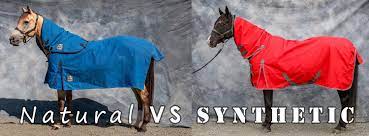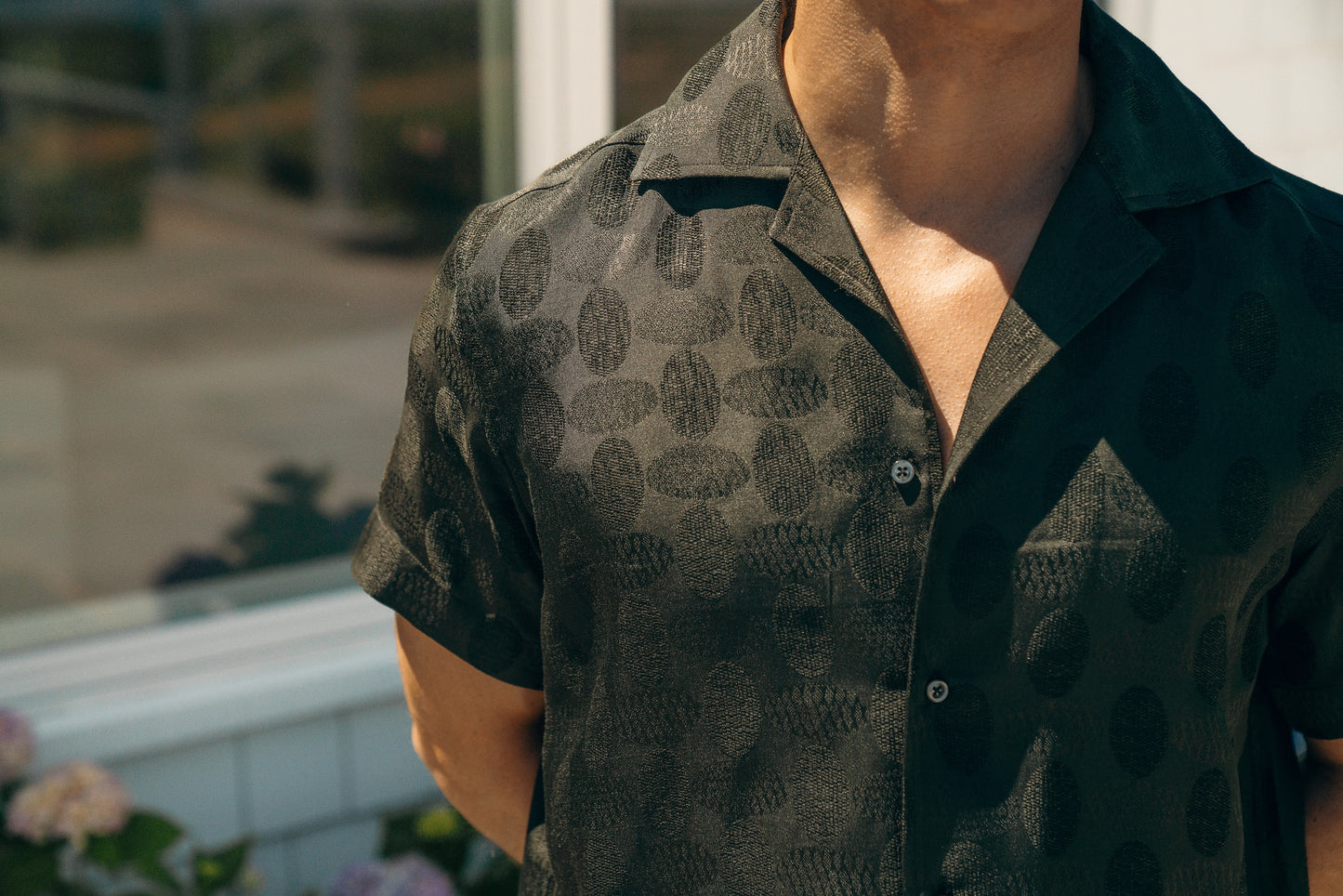
Choosing between natural and synthetic fibers for your wardrobe can be a tough decision, but the right choice often depends on the environment you live in. Both types of fibers have their unique advantages, making them better suited for different climates and lifestyles. Let’s break down when and where each fiber type shines.
Natural Fibers: Perfect for Varied Climates and Everyday Comfort
1. Breathability and Comfort If you live in an area with hot summers and cold winters, natural fibers like wool, linen, silk, and hemp are your best bet. These fibers excel at regulating body temperature. Wool keeps you warm in the winter by trapping heat, while linen and hemp are great for summer, thanks to their ability to wick away moisture and allow air to circulate. This breathability ensures you stay comfortable no matter the season.
2. Eco-Friendliness For those who prioritize sustainability, natural fibers are the clear winner. Wool, linen, and hemp are biodegradable and renewable, making them environmentally friendly choices. If you’re eco-conscious and live in a region where environmental preservation is a priority, opting for natural fibers can align with your values while providing practical benefits.
3. Skin Sensitivity and Longevity If you have sensitive skin or allergies, natural fibers are the way to go. Wool, linen, and hemp are hypoallergenic and gentle, making them ideal for those with skin sensitivities. Additionally, these fibers are durable and often get better with age, offering long-lasting quality and comfort.
Synthetic Fibers: Best for Active Lifestyles and Harsh Conditions
1. Durability and Strength Synthetic fabrics like polyester, nylon, and spandex are incredibly durable, making them ideal for people with active lifestyles or those living in regions with harsh conditions. If you’re frequently engaged in sports, outdoor activities, or work that requires tough, resilient clothing, synthetics are built to withstand wear and tear.
2. Versatility and Innovation Living in an area with unpredictable weather? Synthetics might be your go-to. These fabrics can be engineered to provide specific functions like moisture-wicking, stretch, and waterproofing, making them highly versatile. Whether you need breathable activewear for a humid climate or a water-resistant jacket for rainy days, synthetics offer innovative solutions that natural fibers can’t always match.
3. Cost and Maintenance For those living in areas where practicality and budget are top concerns, synthetic fabrics offer a cost-effective and low-maintenance option. They’re generally more affordable than natural fibers, and they require less care—think wrinkle-resistant, quick-drying, and machine-washable. If you need clothing that’s easy to care for and budget-friendly, synthetics are a smart choice.
Which Is Better for You?
Ultimately, the best choice between natural and synthetic fibers depends on your environment and lifestyle. If you value breathability, sustainability, and skin-friendliness, especially in varied climates, natural fibers like wool, linen, and hemp are ideal. On the other hand, if you need durability, versatility, and ease of care, particularly for active or harsh conditions, synthetic fabrics are the way to go.
By understanding the strengths of each type of fiber, you can build a wardrobe that suits your needs, no matter where you live.
At WvG, we naturally gravitate towards using natural fibers. While we don’t completely avoid synthetics, we don’t actively seek them out either. Occasionally, we come across a synthetic or blend that is so exceptional we have to use it, but those instances are rare.
Without sounding too preachy, we prioritize natural materials because we believe they offer the best value. Eco-friendliness is one of our core values, and even if we were to incorporate synthetics, it wouldn’t come close to the environmental damage caused by the fast fashion industry. In fact, even if all high-end designers exclusively used synthetics, it would be a mere blip compared to the volume of waste generated by fast fashion and lower-tier goods.



